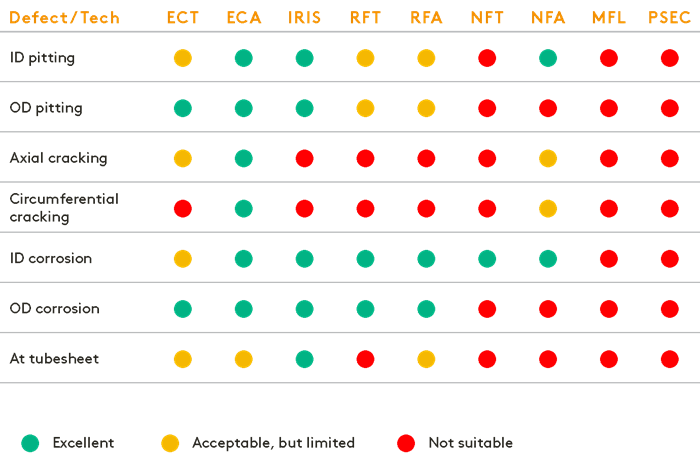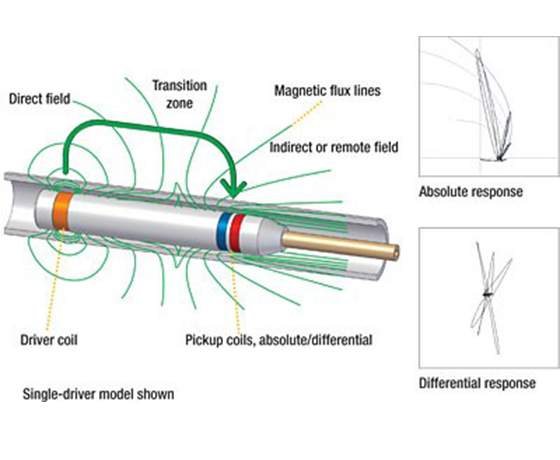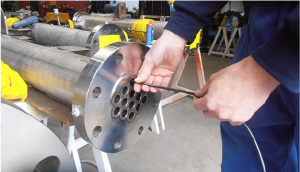This technique does not require tube magnetization or saturation and offers unique advantages in inspecting ferromagnetic materials. Specifically designed to address the limitations of conventional methods in detecting flaws in ferromagnetic tubes, RFT provides nearly equal sensitivity for flaw detection on both inner and outer tube surfaces. This ensures comprehensive inspection coverage and accurate sizing of discontinuities, including corrosion, erosion, pitting, fretting, and gradual wall loss.
Despite its primary application in ferromagnetic materials, RFT can be used for inspecting any conducting tubular product. However, it is essential to note that RFT may exhibit reduced sensitivity compared to conventional eddy current techniques when inspecting non-ferromagnetic materials. In summary, RFT offers a powerful solution for detecting and assessing flaws in ferromagnetic tubing, providing invaluable insights for maintaining the integrity and reliability of critical assets in industrial facilities.




